The United States' chip policies against China indicate it is waging a "chip war".
As early as 2019, the U.S. Department of Commerce included Chinese private company Huawei and 70 affiliated companies on its Entity List over "national security concerns". Some blamed it on former U.S. president Donald Trump's trade friction policy against China, but when the Democrats came to power the sanctions against Huawei were tightened; worse, they were extended to more Chinese companies.
Besides, many U.S. lawmakers are calling for more sanctions against China, proof that the U.S. wants to kill China's high-tech industry, a potential competitor, and revive its own high-tech sector.
However, it would be wrong to think that the U.S. enjoys an advantage in the chip sector. According to a 2021 report of U.S.-based Semiconductor Industry Association, the Chinese mainland accounts for 23 percent of the global production capability in chips over 45 nanometers in accuracy, while the U.S. accounts for just 9 percent. Regarding the market with chips of 10 nanometers and more accuracy, Taiwan as part of China accounts for 92 percent while the Republic of Korea accounts for 8 percent.
Therefore, Taiwan's TSMC leads the world in high accuracy chips, and the Chinese mainland leads in consumption-level chips production. The U.S. leads in production of chips with accuracy of between 10 and 22 nanometers, namely 43 percent of the global whole, while the Chinese mainland accounts for only 3 percent. That's why the U.S. is pressurizing TSMC to open a new branch in Phoenix, Arizona.
For China, the solution lies in national reunification, so that the leading chip industry in Taiwan returns home. Before that happens, China needs to cultivate a group of excellent talents for innovation, and strengthen research and development and international cooperation. That is how China will ultimately win this "war".












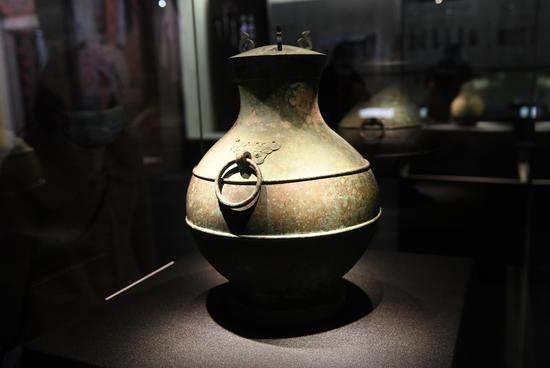

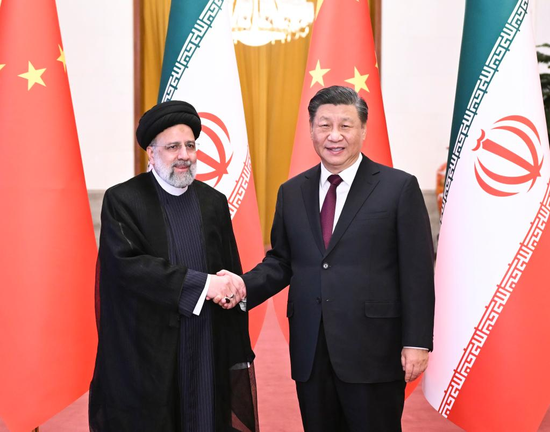



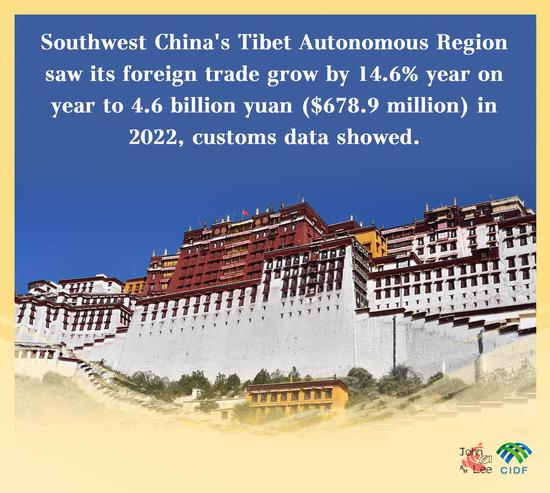
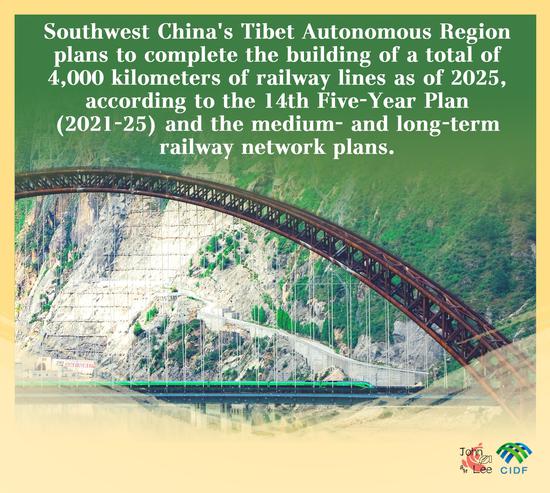








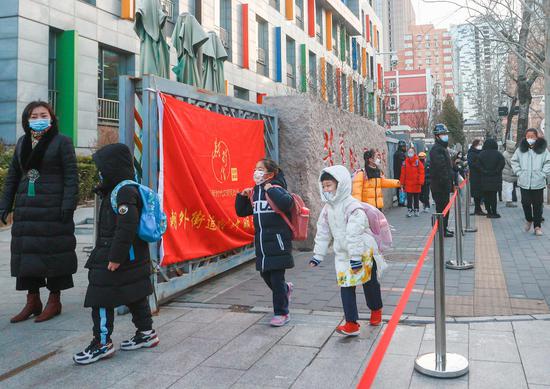





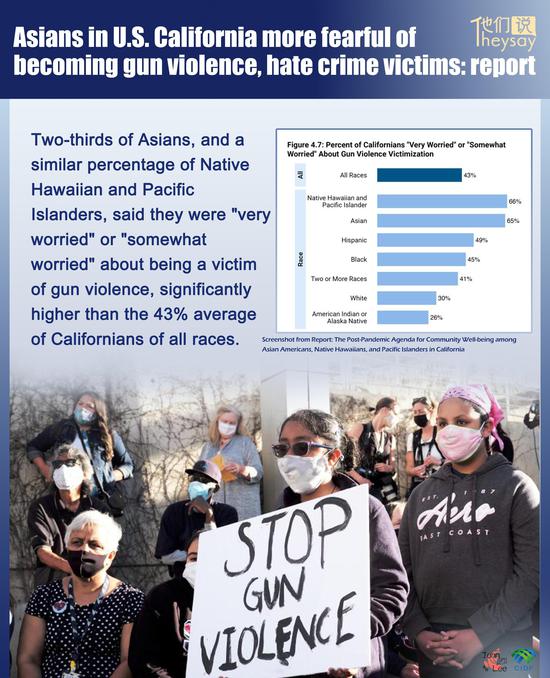

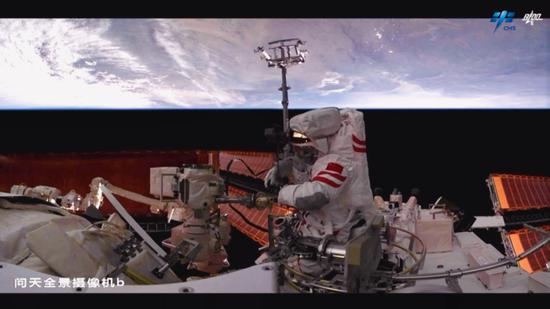

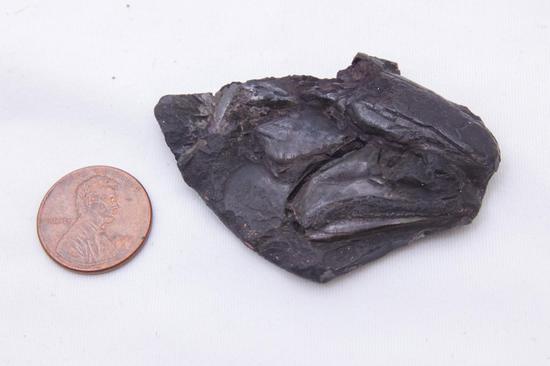
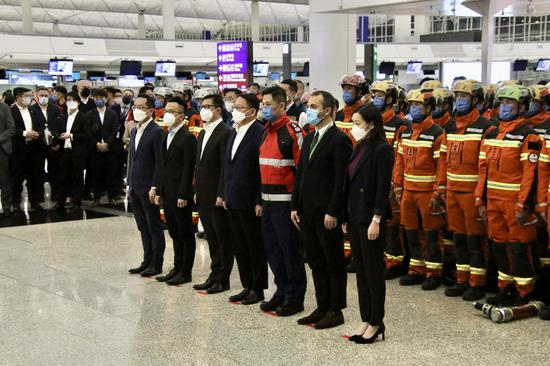
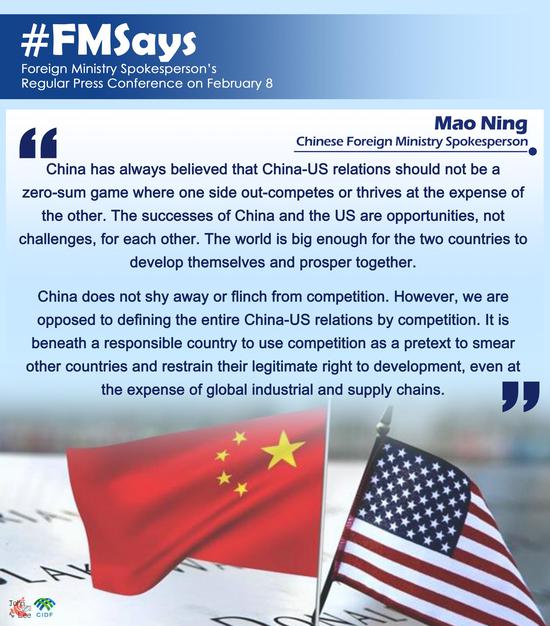









 京公网安备 11010202009201号
京公网安备 11010202009201号